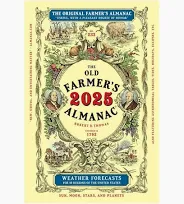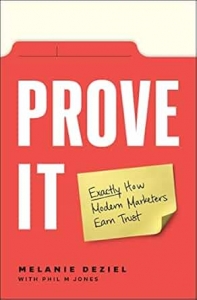Nice Try. Do it Again.
(image by Mike Hindle)
I invited friend and writing colleague Myra Levine to contribute a guest blog post for the enjoyment of our Say It For You readers (and my own, of course!) …
We were reading A Tale of Two Cities by Charles Dickens, and Mrs. Painter pointed out that when the author wrote dialect, he wrote the way his characters spoke.
“When you write dialogue,” she said, “the reader
wants authenticity, not perfect grammar.”
Naturally, I wrote my next assignment (Discuss three ways in which Dickens develops the theme of self-sacrifice) as a conversation between two semi-literate high school students. Mrs. Painter handed it back to me with these words in big red letters:
Nice try. Do it again.
I didn’t mind. The smile on her face was a drug. I had entertained her. And the freedom to ignore comma rules? Intoxicating. The smartest thing I did was tell everybody my new life goal—to write novels. It’s harder to give up on a goal you’ve made so public. Enthusiasm comes and goes; pride is eternal.
But writing a good novel turned out to be HARD. I spent ten summers taking writing classes at the University of Iowa to learn what I hadn’t been taught in high school and college creative writing classes.
Inspiration turned out to be everywhere. The germ of the idea that turned into my first novel came from a bunch of gossipy mom friends. The idea for my second novel came from a health scare. It turned out to be no big deal, but the thought How do you raise your kids after you’re dead stayed with me.
Whatever you do for a living might give you inspiration. Think John Grisham. Or you might be one of those “What if…” writers, like Stephen King. Going through a terrible breakup? Get your psychic revenge by writing a murder mystery. I slip people who annoy me into my novels. No lawsuits yet.
And you know more than you think you do. When I had my first hip replacement, I was surprised to learn that you don’t hold a cane on the side of your bad leg. (If you test this, have someone nearby to catch you when you tip over.) It occurred to me that someone could catch a suspect who’s faking a limp when he holds his cane on the wrong side.
What have you learned in your years as a ________ that would make a character feel real? What personal demons could you turn into inspiration? And what did you never learn in English Class that you can ignore… or hire someone else to fix? Think about it.
 Myra Levine is a novelist, memoirist, and writing coach. Her free online writing seminars on Eventbrite have attracted over 2,000 writers from all over the world. She publishes as M. E. Levine on Amazon.com & Audible.com.
Myra Levine is a novelist, memoirist, and writing coach. Her free online writing seminars on Eventbrite have attracted over 2,000 writers from all over the world. She publishes as M. E. Levine on Amazon.com & Audible.com.
Find her at www.MyraLevine.com






Follow us online!